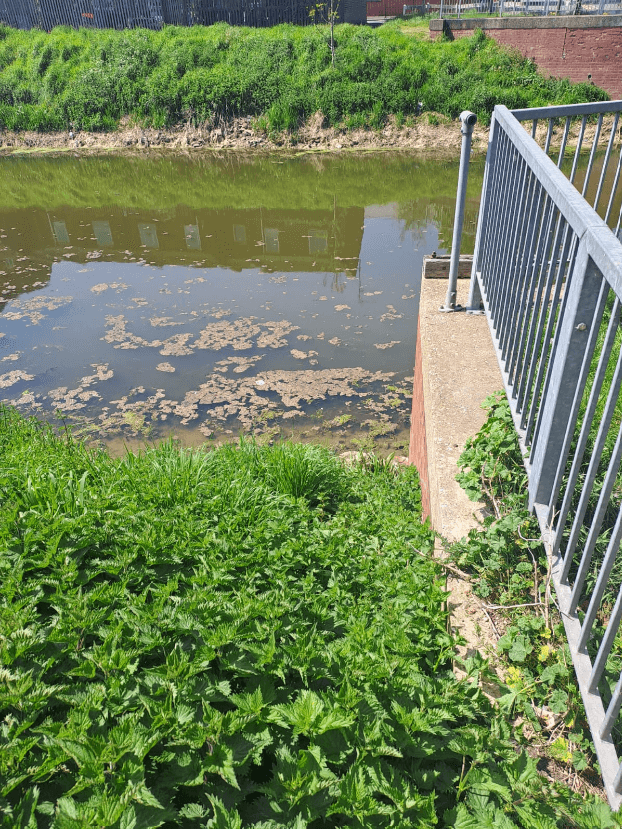12 August 2024
Blog
With the warmer weather having finally arrived, there comes an increased chance of seeing the natural phenomenon that is algal blooms, when out enjoying the local environment. Surfacing across waterways, algal blooms can often be mistaken for storm spills, because of their incredibly similar appearance. Anglian Water’s, Laboratory Operations Manager, Chris Seymour, explains what the different algal blooms are, where they can be spotted and how to tell the difference from storm overflows and what to do next.
So, can you tell the difference from the photographs below?


Bathing water season has well and truly begun, and what a great time to visit some of the regions well-loved rivers, streams and seas. Or perhaps it's a chance to explore the 27 new designated bathing water sites which were launched across the country earlier this year – with 3 being granted bathing water status in the Anglian Water region.
In May, we launched our real time map of our event duration monitors (also known as EDMs) to help inform our customers and stakeholders about the waters in our region and how our network is operating so they can make informed decisions when out and about.
But while this map will highlight pollutions caused by our assets, it will not do the same for algal blooms, which because of the recent - yet short - bursts of hot weather we’ve seen recently, have also started to appear in our waterways.

What should you be looking out for?
Algal blooms naturally occur mostly in inland waters but can sometimes also appear on the coast. The blooms occur when the weather conditions are warm and there’s more sunlight, and on inland waters, specifically when the water is still.
Algal blooms can appear when single celled species begin to clump together, making them easier to spot on the water’s surface.
Blue green algae are mostly found on rivers and lakes. These algal blooms can appear green, blue or as a greenish – brown colour and can cause the water to become cloudy. Commonly known as “blue green” algae, this algae can cause harm to you, your pets and wildlife.
Although similar in appearance, there are several different characteristics that can be used to differentiate sewage. If sewage has entered the water, it can look brown or a milky grey colour and, in some instances, even contain items such as toilet paper or sanitary items. Odours can also be another characteristic which can help you identify whether it’s sewage or something else – sewage usually is compared to rotten eggs.
What are algae blooms and what should you do if you spot one?
Although these don’t sound very welcoming, the algae that appear in algal blooms (also known as cyanobacteria) are an important factor for fresh water as they can help convert sunlight into energy, release oxygen and uptake carbon dioxide into the water all whilst producing supporting substances for the food chain.
However, by their very nature, these blooms are difficult to prevent and control. So, what should you do if you spot one?
Coastal algal blooms have a slightly different appearance to the ones on our lakes and streams and begin to begin to appear in the early summer. Commonly mistaken for sewage, they can look like oil droplets on the surface of the water. Once these blooms begin to break down, they take a creamy brown foam form and can even let off a smell – similar to that of sewage!
These blooms are non-toxic; however, it's always advised to report algae sightings to help us investigate further to determine whether it's down to one of our assets or a naturally occurring bloom. This can be done directly on 03457 145 145 or via our website just so we can double check our network. Similarly, if you spot anything suspicious, please let us know as soon as possible so we can act quickly and ensure no harm comes to the environment.

Useful links:
Algal blooms: advice for the public and landowners - GOV.UK (www.gov.uk)
Bloomin’ Algae | UK Centre for Ecology & Hydrology (ceh.ac.uk)
